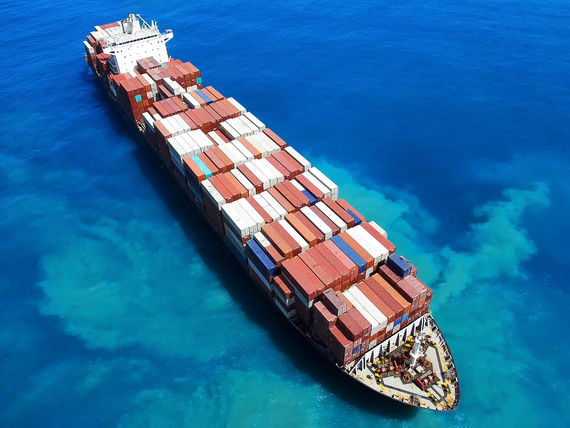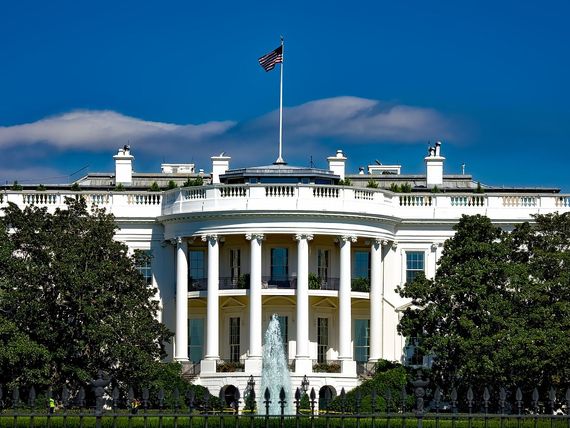BDP Trendwatch: Third strike begins at Liverpool as potential agreement collapses; LA Port chief says “Labor Deal” still likely but months away; There’s no cheap way to sidestep China’s energy supply chains

Third strike begins at Liverpool as potential agreement collapses
The third strike in less than two months began today, October 24, at the Port of Liverpool after a potential agreement collapsed with new rounds of recrimination from both Peel Ports and Unite the Union. Unite followed through on its earlier announcement and nearly 600 dockworkers returned to the picket lines just a week after ending their previous strike. The current action is scheduled to run until November 7.
The union accused Peel Ports’ board of failing to support a pay deal that had been agreed in principle with the management on October 20 and which the workers were willing to accept to avert another strike. The port argues that it wanted to go to mediation and that it is the union that blocked the latest offers.
LA Port chief says “Labor Deal” still likely but months away
A labor deal between 22,000 dockworkers at US West Coast ports and their employers may take several months to reach, but service disruptions while negotiations continue are unlikely, according to the chief of the Port of Los Angeles.
“It’s not going to get solved in the next few weeks -- it will probably take some several months and there is no hard deadline on this,” Executive Director Gene Seroka, whose port is the nation’s busiest, said in an interview at Bloomberg’s New York headquarters Monday. He added that his view doesn’t represent those of employers or the union negotiating on behalf of the workers.
There’s no cheap way to sidestep China’s energy supply chains
China dominates clean energy supply chains and has enough manufacturing capacity to meet global demand for most of the solar market up through 2030. But as the US and Europe decarbonize their economies, Western governments seek to meet their own needs with new, local facilities capable of producing photovoltaic panels and storage. It won’t be easy or cheap.
Building plants to manufacture solar panels, batteries, and electrolyzers to meet domestic demand in 2030 would cost Europe $149 billion and the US $113 billion, according to an analysis from BloombergNEF released Tuesday. While those up-front costs hedge against future geopolitical and natural disaster risks by making supply chains more resilient, “the bleeding-edge knowledge” of PV, battery, and electrolyzer manufacturing resides in China, BNEF analyst Antoine Vagneur-Jones wrote in the report.
Singapore eyes hydrogen in its 2050 net zero pathway
Singapore has set a new pathway to accelerate the transition to net zero emissions with hydrogen seen as a major energy source that could supply up to half of the country’s power needs by 2050. The city-state has tightened its national climate target and plans to achieve net zero emissions by 2050 and peak its emissions before its previously stated deadline of 2030.
Low-carbon hydrogen, including its derivatives such as ammonia, has emerged as a key potential pathway for Singapore, Deputy Prime Minister and Minister for Finance, Lawrence Wong, said in a speech at Singapore International Energy Week (SIEW).
Railroads reject union’s sick leave demands, fueling strike concerns
Shippers are warily eyeing the negotiations process in the case of an economically damaging rail shutdown, which the Association of American Railroads had estimated would cost $2 billion in economic losses per day.
“The uncertainty that surrounds these potential disruptions, obviously can wreak havoc on operations and logistics planning, especially in the lead up to the holiday shipping season,” said Jay Timmons, CEO of the National Association of Manufacturers, during a media briefing with the Port of Los Angeles.
Saudi Arabia lures supply chain Investors with new $2B initiative
With the push for supply chains resilience in top gear, Saudi Arabia is luring global corporations with the promise of better offshoring opportunities. On Sunday, Saudi Arabia’s Crown Prince Mohammed bin Salman launched the Global Supply Chain Resilience Initiative (GSRI), through which the country aims to attract investments in supply chains to and from the Kingdom.
The GSRI is designed to make Saudi Arabia a location of choice for global industrial companies looking to improve their business resilience. In addition, it will give investors access to the Kingdom’s resources, infrastructure and a guarantee for government support.
Top 10: The busiest container ports in the United States
Several important container ports are located in the United States and are key gateways for national and global trade.
Below, you can find a list of Container News for the busiest box ports in the US in terms of TEU volumes in 2021.
- Port of Los Angeles, California - 10.7 million TEUs in 2021
- Port of Long Beach, California - 9.4 million TEUs in 2021
- Port of New York and New Jersey, New York - 9 million TEUs in 2021
- Port of Savannah, Georgia - 5.6 million TEUs in 2021
- Northwest Seaport Alliance (Seattle and Tacoma), Washington - 3.7 million TEUs in 2021
- Port of Virginia, Virginia - 3.5 million TEUs in 2021
- Port Houston, Texas - 3.5 million TEUs in 2021
- South Carolina Ports, South Carolina - 2.8 million TEUs in 2021
- Port of Oakland, California - 2.4 million TEUs in 2021
- Port Miami, Florida - 1.3 million TEUs in 2021


